Squier & Davis, Newark Works, 1847
When the Hopewell culture of the Scioto River valley
constructed their complex of earthworks in what is now the city of Newark,
Ohio, they included two parallel walls of clay marking a 200-foot wide path
leading from the Octagon Earthwork in a straight line some two miles south
where they intersect Ramp Creek, a minor tributary of the Licking River. The
walls form the boundaries of a meticulously graded road, crowned in the middle
and constructed of clay differing from the neighboring soil. The destination of
the road is a matter of debate, although that it actually extended for many
miles beyond the small creek is a fact that has been discovered many times in
the field only to languish from academic neglect. Thus the road's curious fate
is to be periodically re-discovered, and then, for some odd reason, be
pooh-poohed by the referees of archaeological correctness. The current
champion of the road is Dr. Bradley T. Lepper, whose interest in the road was
sparked by his discovery of a forgotten manuscript gathering dust at the
American Antiquarian Society in Worcester, Massachusetts, detailing an 1862
survey of the road. Lepper has followed up this discovery by finding traces of
the road which still exist today despite nearly two centuries of agriculture
and other improvements to the Ohio landscape. With his evidence, coupled with
aerial surveys done back in the 1930s that found traces of the road extending
straight as an atlatl throw for at least twelve miles towards the great
Hopewellian center of what is now Chillicothe, 55 miles distant, Lepper
concludes that there are sound reasons to believe that this ancient Hopewell sacra
via did exist.
























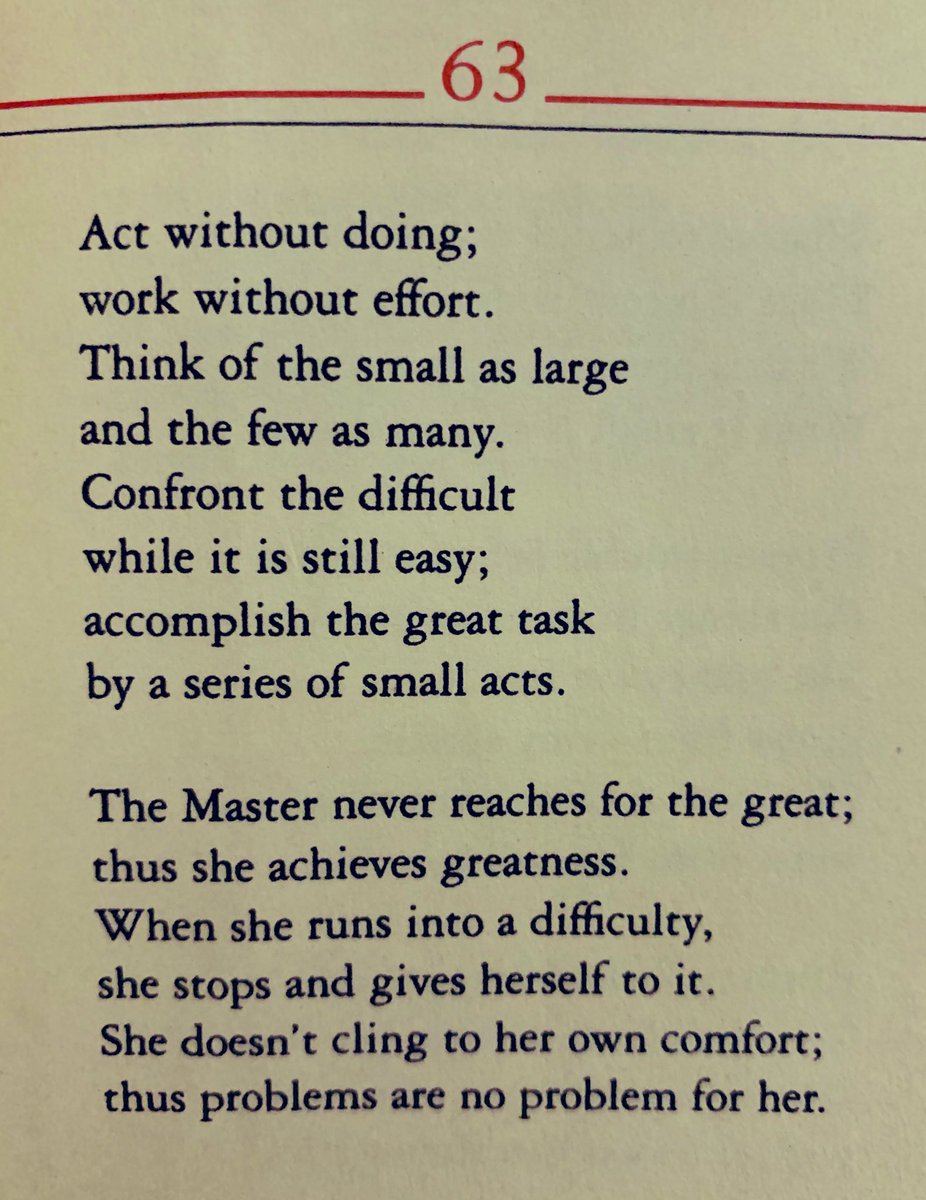




























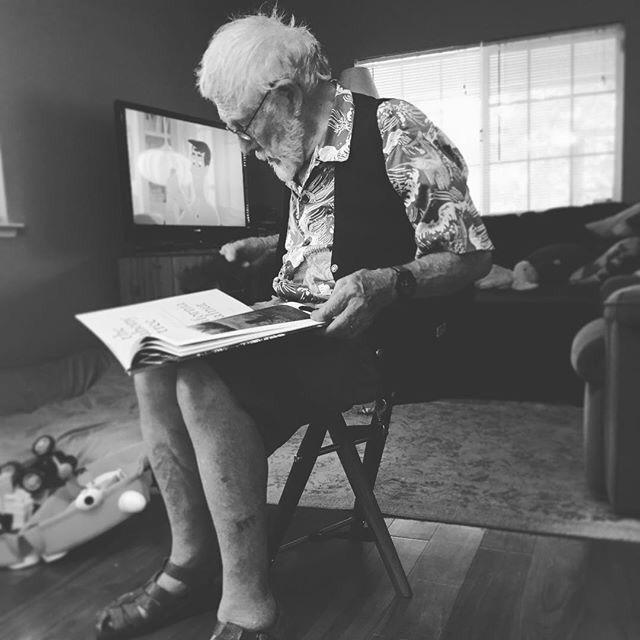








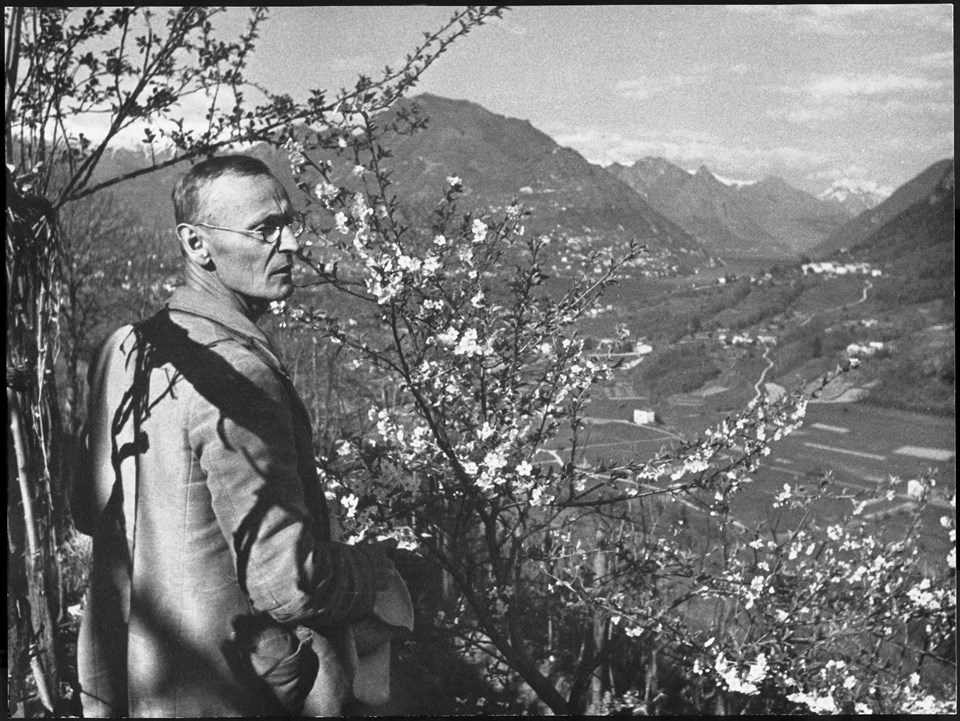


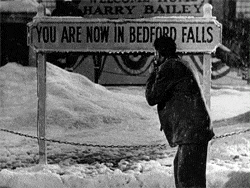

















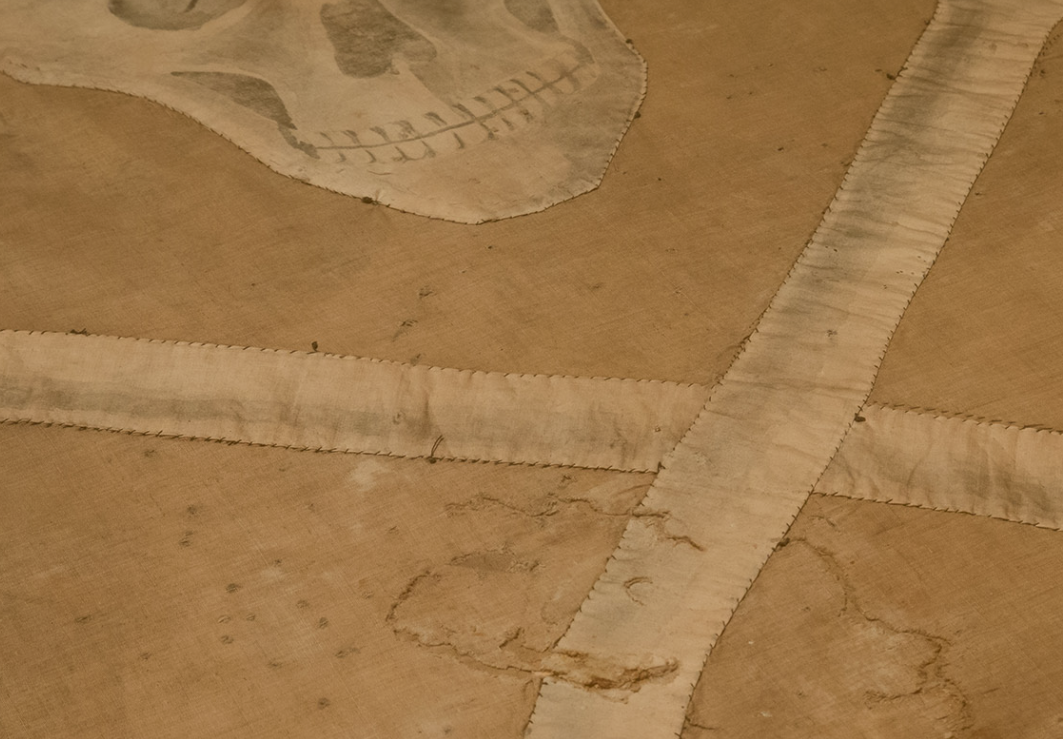


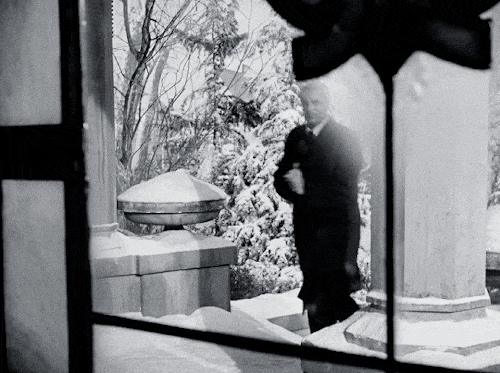

























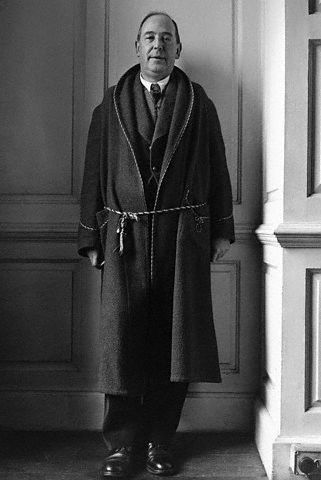



No comments:
Post a Comment